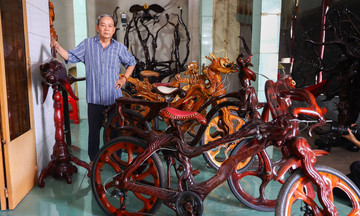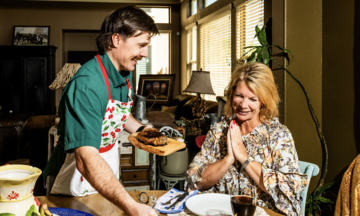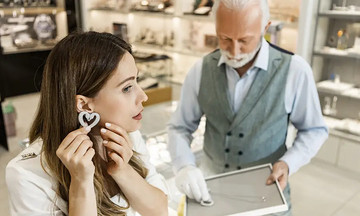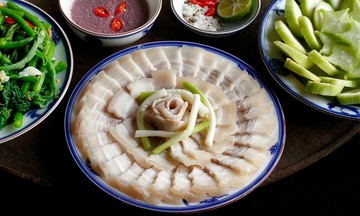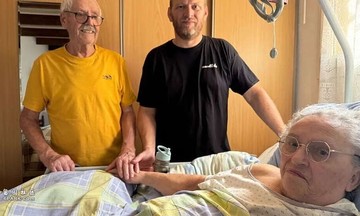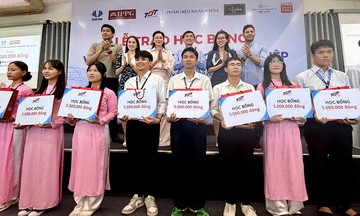After cooking, rice grains become soft due to gelatinization, a process where starch absorbs water, expands, and rearranges into a soft, pliable structure. As rice cools, the starch begins to retrograde, with amylose and amylopectin chains clumping together and expelling water. This results in cold rice becoming dry, hard, and less digestible.
Reheating partially reverses this phenomenon. Heat causes water molecules to move rapidly, and some water is reabsorbed into the rice grains, making them softer. Traditionally, home cooks would steam leftover rice in a pot or steamer, using the pervasive hot steam to make the rice soft again. With today's busy lifestyles, most people use microwaves to save time.
One common concern is that reheating rice in the microwave diminishes its nutrients. However, most of the vitamins and minerals in rice are lost during milling and cooking. Reheating doesn't significantly alter the nutritional value.
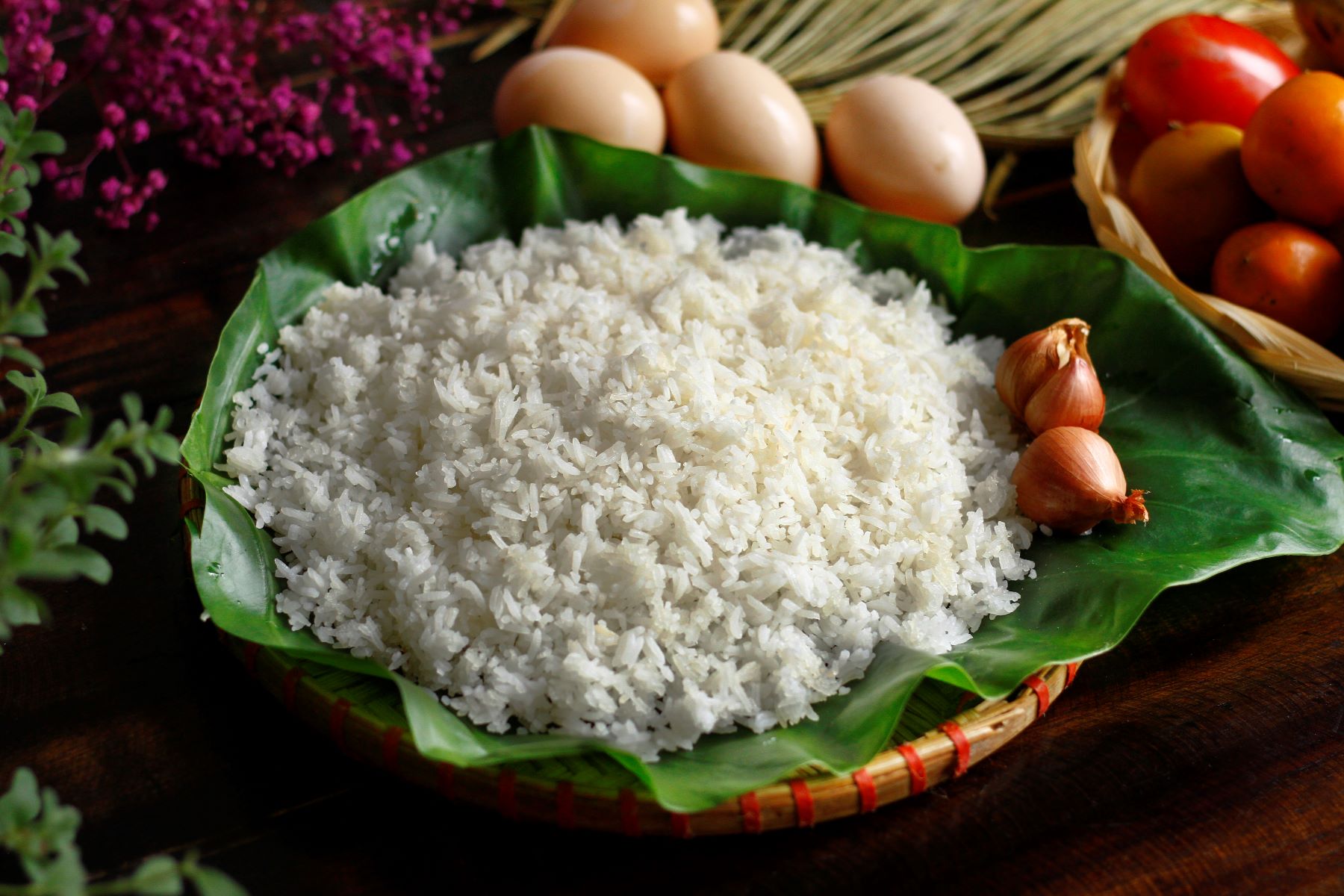 |
Cold rice becomes hard due to the formation of resistant starch. Photo: Bui Thuy |
Nutritional studies show that B vitamins in cooked rice are relatively stable and only slightly decrease if the rice is reheated for too long or becomes too dry. Minerals like iron, magnesium, and zinc are heat-stable and aren't easily destroyed by microwaving.
However, one notable change is the formation of resistant starch. When rice cools, some starch recrystallizes, becoming harder to digest. This has both advantages and disadvantages. Resistant starch helps stabilize blood sugar, which is beneficial for weight management, but it can also cause bloating.
Microwaving softens the rice grains but doesn't fully reverse this recrystallization. Therefore, microwaved rice is often less soft than freshly cooked rice.
Microwaves operate using electromagnetic waves at a frequency of about 2.45 GHz, which cause water molecules to vibrate and generate heat. These waves don't break down molecular structures or alter the food's composition. Both the World Health Organization (WHO) and the U.S. Food and Drug Administration (FDA) confirm that using a microwave oven correctly is safe and doesn't create new toxins.
Danger only arises when rice is stored improperly. If left at room temperature for too long, especially over 6 hours, there's a risk of Bacillus cereus contamination. This bacterium produces toxins that cause vomiting and diarrhea. Microwaving can heat the rice but doesn't eliminate toxins already present. So, the issue isn't the appliance but how the rice is stored.
Reheating rice in the microwave is safe if the rice has been stored properly beforehand. The U.S. Centers for Disease Control and Prevention (CDC) recommends not leaving cooked rice at room temperature for more than 2 hours, or more than 1 hour if the temperature is above 32°C. After the rice has cooled, it should be divided into small containers, sealed tightly, and refrigerated at 4°C or below.
Refrigerated rice can last 3-4 days, but it's best consumed within the first two days to maintain flavor and minimize the risk of food poisoning. If the rice has been stored longer or shows signs of unusual odor or dryness, it should be discarded.
The Japanese, who value rice highly, have similar practices. Many Japanese families cook rice in electric cookers and store leftovers in small containers in the refrigerator or freezer. They reheat the rice in microwaves, even using special containers designed for this purpose. Japanese supermarkets sell pre-packaged frozen rice with clear instructions: microwave for 2-3 minutes before eating. This shows that microwaving is not only safe but also considered a convenient and standard practice in modern life.
Microwaving techniques: Besides storage, the reheating method also affects the quality and safety of the rice. Microwaves often heat unevenly, making the outer part very hot while the center remains cold. This can become a breeding ground for any remaining bacteria.
The U.S. Department of Agriculture (USDA) recommends placing rice in a microwave-safe container, adding a little water or covering it with a damp cloth to retain moisture and prevent dryness when reheating. Stir or turn the rice midway to distribute heat evenly. Ensure the internal temperature reaches at least 74°C (165°F). Avoid reheating multiple times; only heat the amount needed for consumption.
Some Japanese chefs suggest covering the rice with microwave-safe plastic wrap. The steam from the rice grains will be reabsorbed, making the rice soft and glossy as if freshly cooked. This trick improves both the texture and reduces uneven heating.
Reheating rice in the microwave doesn't cause nutrient loss or create toxins, contrary to some concerns. The risk comes from leaving cooked rice at room temperature for too long, allowing bacteria to grow. Essentially, the microwave heats rice quickly, saves time, and is safe when used correctly.
Bui Thuy




